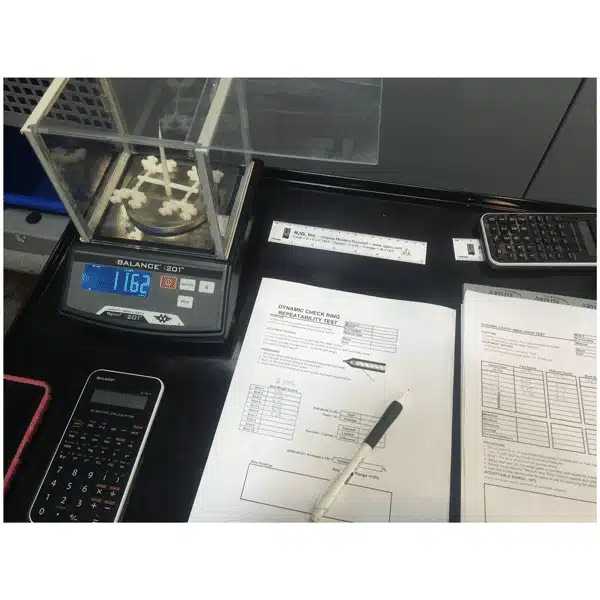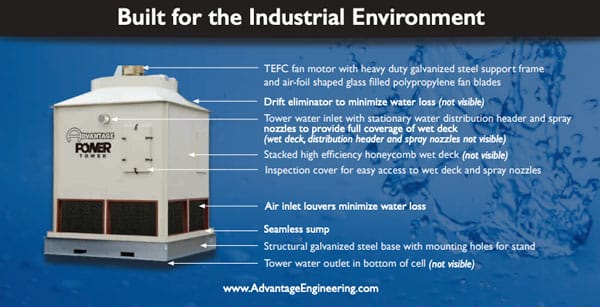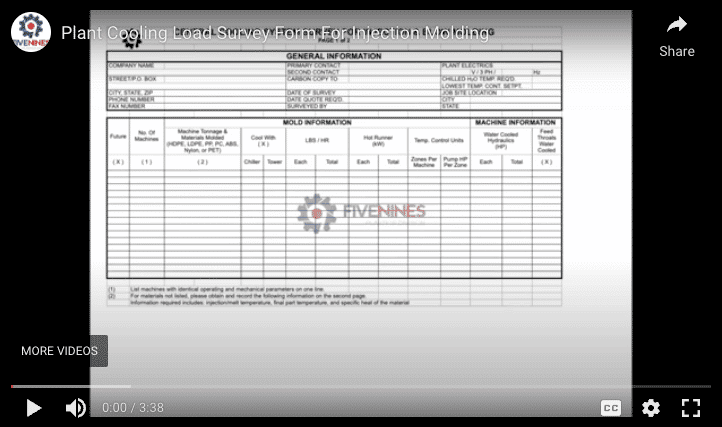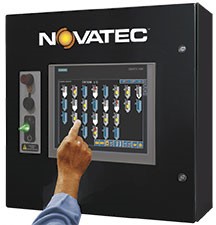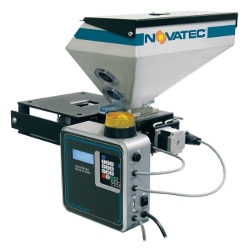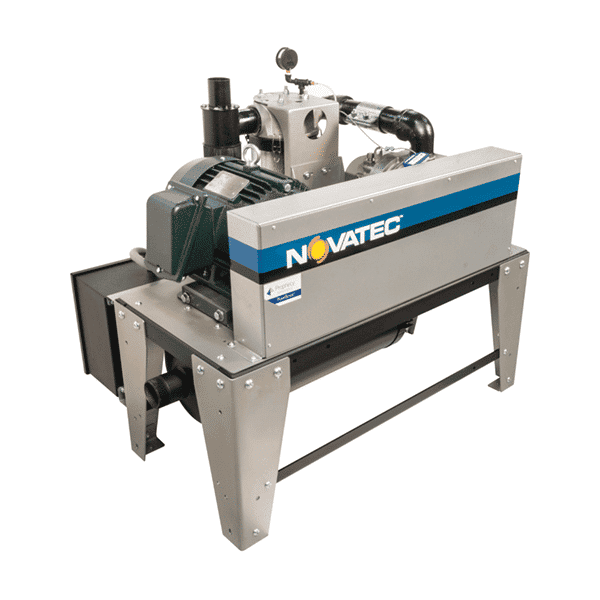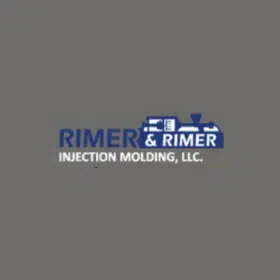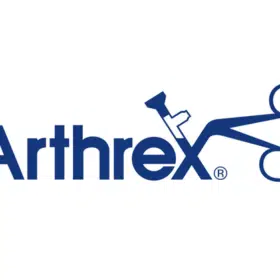Math for Molders Makes you a Better Molder.
Many processors are guilty of “winging” it. Well, don’t be one of them.
Math may not be your strong suit, but that’s ok because we’ve put together some of the core math equations you need to properly set up, process, and troubleshoot your injection molding machines.
Walkthrough the examples below and take note, it may save you a lot of money and downtime someday. Math for molders saves time and money.
[ux_image id=”270″ width=”50″]
[gap]
[row]
[col span=”9″ span__sm=”12″]
Examples of Math for Molders
1. What is the area of a square part that is 4 inches by 5 inches?
4″x5″ = 20 square inches
2. What is the area of a 1.5-inch diameter screw?
(Formula Diameter x Diameter x .7854= circular area)
1.5 x 1.5 x .7854 = 1.77 square inches
3. This same 1.5-inch screw mnning a 2.5″ shot size on a machine produces how many Cubic Inches of shot size?
1.77 square inches x 2.5 inches = 4.43 Cubic Inches
4. Later, you move the same tool above (4.43 Cubic Inch shot) to a machine with a 2″ diameter screw. What would the shot size be to maintain the 4.43 cubic inches?
2″ x 2″ x .7854 = 3.14 square inches (screw area)
4.43 cubic inches / 3.14 square inches = 1.41 inches would be the equivalent shot size on the new machine.
5. The diameter of the injection cylinder is 7 inches, and the diameter of the screw is 2 inches; what is the Intensification Ratio?
Ri=Ac/As where Ri: Intensification Ratio, Ac: Area of Cylinder, As: Area of Screw
7 x 7 x .7854 = 38.48 (Area of Cylinder)
2 x 2 x .7854 = 3.14 (Area of Screw)
38.14/3.14= 12.15:1 (Intensification Ratio)
Once you know the intensification ratio of a Hydraulic Machine, you can multiply it by any hydraulic pressure to calculate the plastic pressure (ppsi).
[/col]
[col span=”9″ span__sm=”12″]
6. If the peak pressure at transfer is 18,060ppsi and we had a twenty percent rise in viscosity^ what would potentially our new peak pressure at transfer be?
18,000 xl.20= 21,600 ppsi
7. Our new mold is a two-cavity hot runner; the part is round (8 in diameter) with a .750 hole in the center. At three tons per square inch, how many tons are needed to support this mold minimally, and will we be using a 400-ton machine?
8 x 8 x .7854 = 50.27 square inches minus .75 x .75 x .7854 (hole) = .44 square inches which equals 50.27-.44 = 49.83 sq inches x 2 cavities = a total area of 99.66 sq inches, x 3 tons per sq inch = 298.98 tons or 299 Tons
8. The toolmaker was asked to open the round gate from 0.025 into 0.035 in. What was the effect on the area of the gate?
% of difference is the ((AREA of .025 – the AREA of .035)/AREA of .025) x 100 = OR
0.00049 – 0.000962/0.00049 = OR
0.000472/0.00049= 0.9632653 x 100 = 96.32653% difference
9. You are running a machine with a 1.25″ shot and the machine’s maximum injection stroke is 7.87″. What percentage of the shot are you using?
1.25″/7.87″ = .158831 x 100 = 15.8831% or 16% of the shot
10. You are running a 2.5″ shot at an injection speed of 3″/sec. How fast is it actually injecting if your f time is .93 seconds?
2.5″ / .93 = 2.68″/sec
[/col]
[/row]
Want to Know More?
Here is some more information on the Master Molder course from RJG.

